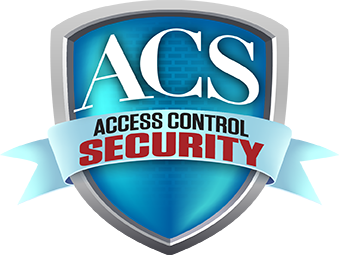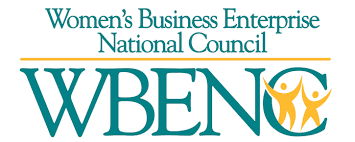
Officer & Drivers Safety (Lesson 12 of 25)
OSHA Regulations
Infection Control Program and Exposure To Bloodborne Pathogens
The Occupational Safety and Health Administration (OSHA) of the U.S. Department of Labor issued as a final rule its Occupational Exposure to Bloodborne Pathogens Standard, which became effective on March 6, 1992. Among other things, this rule is applicable to all healthcare facilities that are required to comply with OSHA regulations. For organizations whose employees provide emergency first aid services, special care and attention must be given in protecting first aid responders from contracting infections which result from the care given to an emergency victim.
Organizations which provide first aid and C.P.R. response to injured employees are not currently mandated to comply with all of the new regulations recently enacted by OSHA, if these employees who provide emergency care are not “paid rescuers”. However, serious consideration should be given to incorporating certain aspects of the new regulation into the overall emergency plan of a facility.
As part of the Emergency Preparedness plan, first aid responders should be advised, in writing, of the steps which will be taken in an effort to minimize exposure to bloodborne pathogens, which include the following:
- All body fluids should be considered potentially infectious materials and care needs to be given when exposed to these body fluids.
- Provide personal protective equipment to first aid responders which include protective gloves and face or eye shields/ goggles.
- If a responder has sustained an exposure, the exposed area should be washed thoroughly and immediately using water on mucosal surfaces, and soap and running water on skin surfaces.
- Disinfectant material or spray, should be provided to first aid responders to use to clean their hands and equipment after use. Gloves are to be properly disposed of after use.
- Should a first aid responder be exposed to a possible infection resulting from their actions, medical guidance, evaluation, and where appropriate, treatment as soon as practical should be provided.
- All exposures should be recorded in writing as soon as possible after the incident.
Provided that employees are merely assisting their fellow employees in providing first aid or C.P.R., the new OSHA regulations pertaining to an Infection Control Program do not apply. However, as a practical manner, and since it is likely that in the future, OSHA may address first aid responses and infection control, organizations should implement the practical precautions outlined in this section. Organizations which have taken the time to properly prepare and identify these concerns will head-off any undue stress or concern on the part of those employees who receive first aid and C.P.R. training and who are asked and expected to come to the aid of their fellow employees during an emergency.



